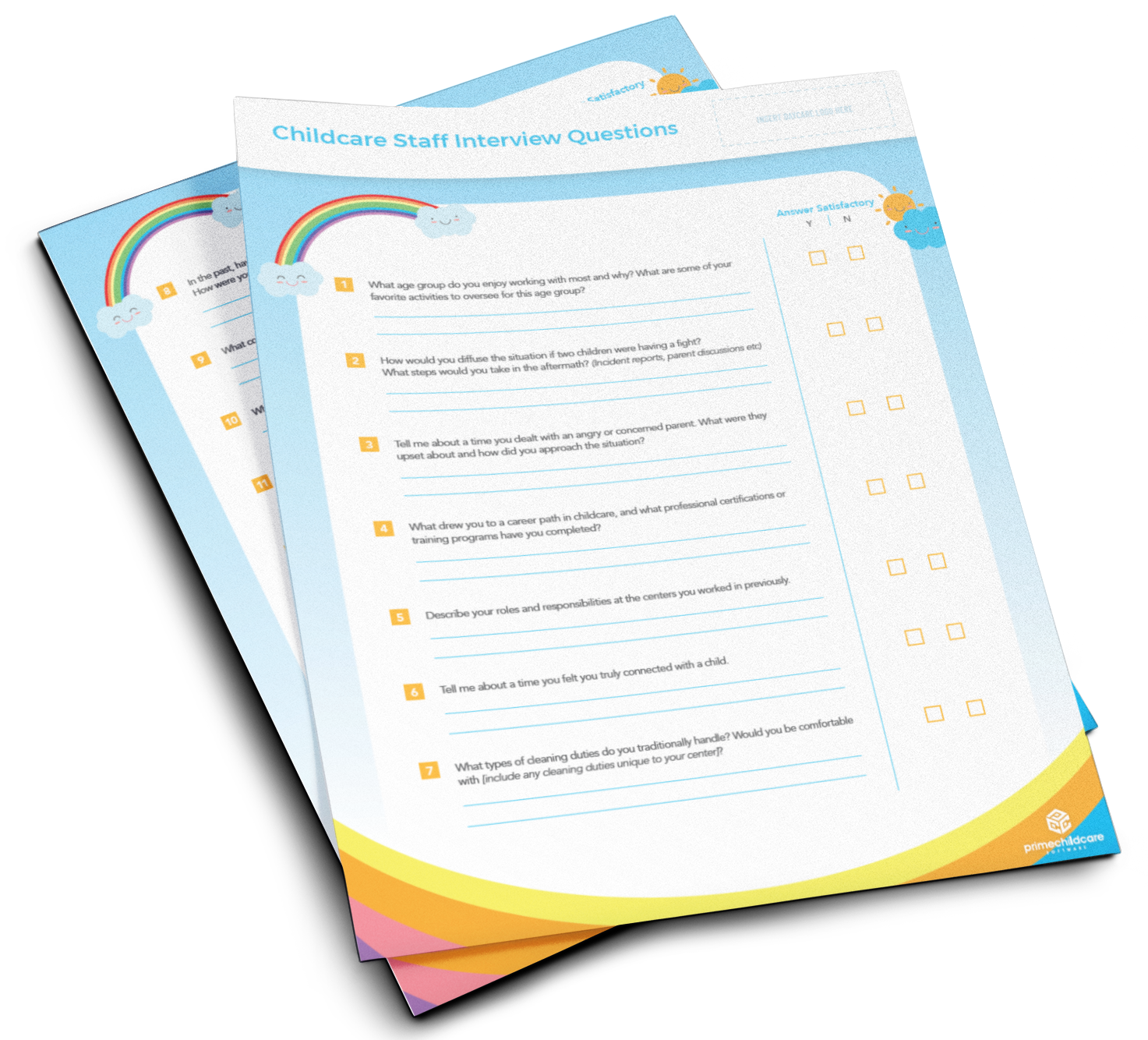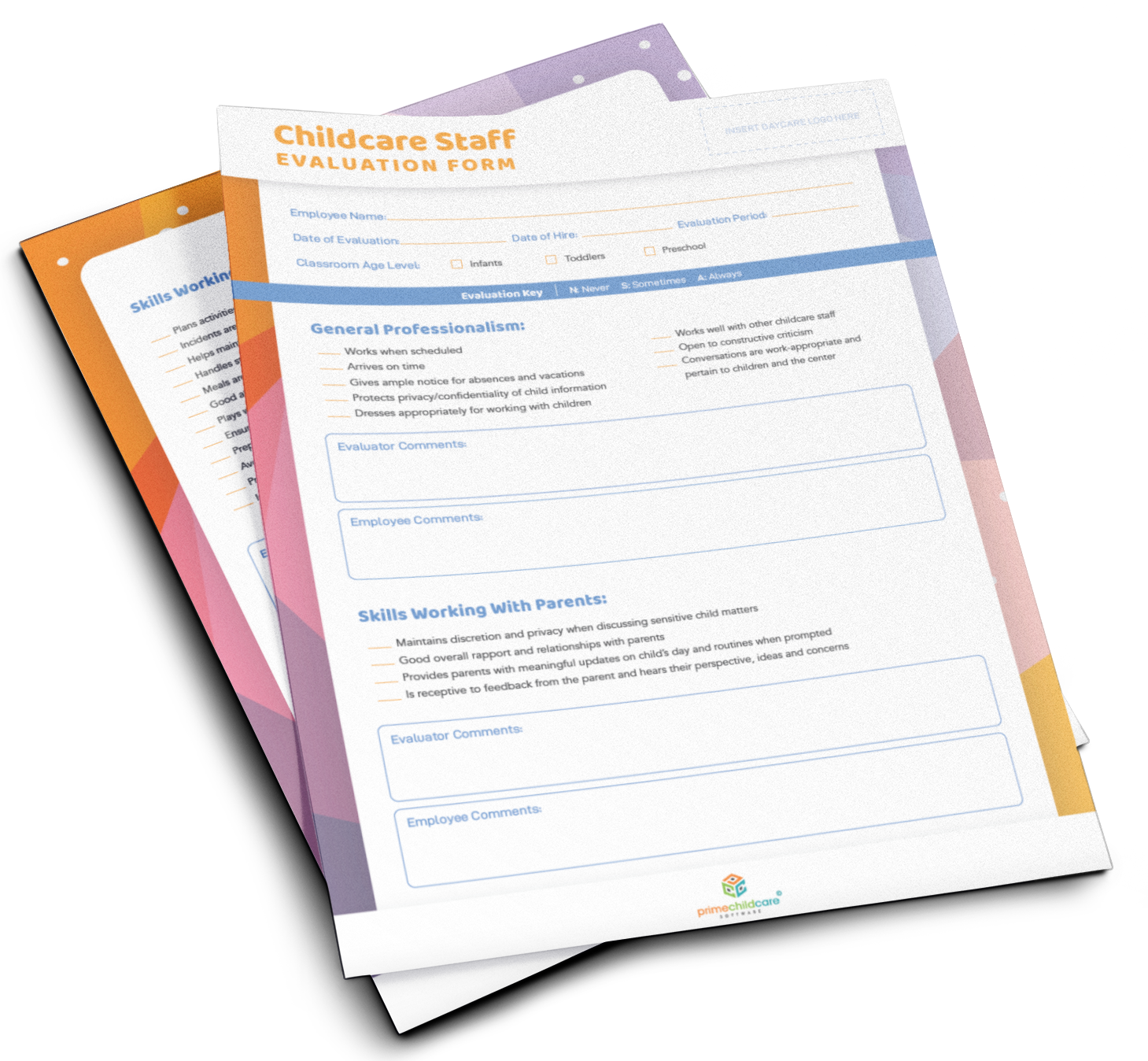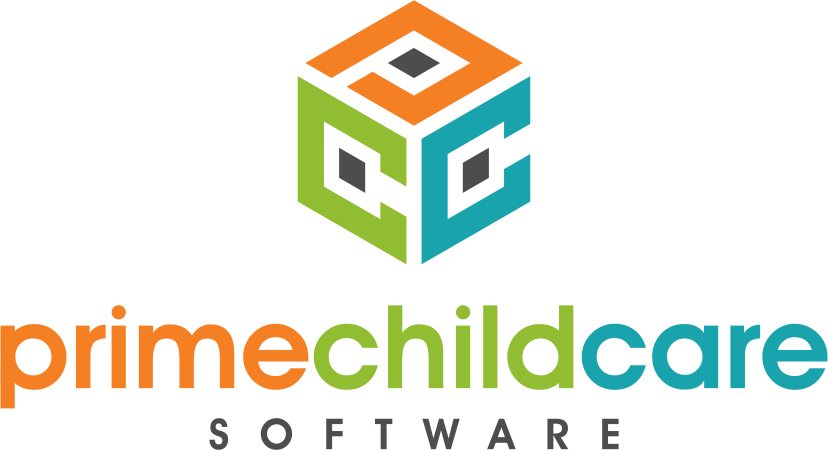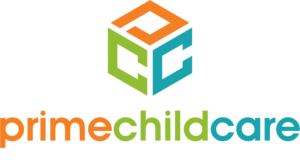Category: Center Management

3 Lies About Daycare Teacher Evaluations
No one cheers when you announce there will be a staff evaluation soon. Read more for a few tips and tricks if you want to make the process go smoother! … Read More

4 Ways Your Daycare Franchise Can Be Successful in the New Normal
Businesses and franchises should remain open to new opportunities and re-evaluate their operations during this pandemic to ensure efficiency, survive the pandemic, and even thrive. Here’s how! … Read More

6 Secrets to Help Toddlers Develop a Love for Reading
Good reading skills benefit the child academically and are an essential skill for lifelong success. The following tips will help you turn your toddler into an avid reader all through the different life stages. … Read More

How to Easily Build Your Daycare’s Budget
Running a daycare center is not an easy task with so much to take care of beyond taking care of children. At the top of your list is likely budgeting and how to keep track of the constant expenses and fees you payout. … Read More

5 Tips on Running a Successful Drop-In Program
Drop-in daycare can be a lucrative revenue stream for your daycare center, too. Before you start a drop-in program, though, it’s important to know the pros and cons of adding one. … Read More

9 Festive Classroom Ideas for December
Interactive learning provides children with the space they need to bond, socialize, and grow. It can also foster interest in education because it engages and piques their interest and curiosity. Below are nine fun ideas to infuse some fun activities into your classroom this December. … Read More

Saving Childcare in America During COVID-19
As the U.S. continues to grapple with the coronavirus pandemic, child care has become one of the hardest hit but least supported industries. Parents have long struggled to find child care services that they can afford and meets their needs. Child care businesses have also struggled to provide quality and developmentally appropriate care with limited resources available to them. … Read More

Complete Checklist For Infant Care Professionals
Research shows that despite the facilities or number of staff that a daycare center has, the true indicator of the quality of a childcare program directly relates to the knowledge, attitudes, and skills of the adult professionals who work there. Check out our complete checklist of the different aspects of infant care, needs, and changes that daycare staff should consider. … Read More

9 Classroom Ideas to be Thankful for This November
Interactive activities and entertaining lesson plans are fun for kids and can provide numerous benefits for their learning, physical well-being, and social and behavioral skills. Here are exciting classroom ideas for November! … Read More

6 Ways to Estimate Your Cash Flow During Fall and Winter
Cash flow keeps your daycare business healthy and enables it to accelerate during busy months and withstand lean ones. There are different ways to estimate and measure cash flow. Each has its merits and weaknesses, depending on your operational goals. … Read More

8 Falltastic Classroom Ideas for October
While October means summer is officially over, it doesn’t mean you can’t still have fun. Here are some wonderful falltastic classroom ideas for October that will keep your charges excited about coming to daycare. … Read More

5 Ways to Incorporate Technology into Your Daycare’s Emergency Plan
It’s essential to have an emergency plan in place for any variety of emergencies that could crop up during an average day at your childcare center. The use of technology can provide instant communication during moments of crisis and eliminate extra tasks that could take attention away from children when they need it most. … Read More

12 Simple Ways to Incorporate More Movement into Your Daycare Lessons
One of the keys to successful children’s development is the movement. Research shows that encouraging movement can give children an opportunity to develop self-awareness, master non-verbal ways of communication, and learn more about their bodies. … Read More

3 Ways to Ensure Parents and Guardians Are Reading Health Notices and Policy Changes
Now more than ever parents need to stay up-to-date with your daycare center. Getting them the information is easy. Getting them to actually read it, though, tends to be much more difficult. So how do you make sure important information is getting to parents? … Read More

How to Stay on Top of Parent Communication During the Back-to-School Season
The back-to-school season of 2020 will provide more distractions than ever for parents with school-age kids. Whether your daycare facility serves school age children, or many children with school-age siblings, you’ll face more challenges communicating with parents. … Read More

5 Tips and Tricks for Getting Children On Board With New Hygiene Requirements
Covid-19 has changed the way most businesses practice. If you run a childcare facility, you know this firsthand. As parents begin to head back to work and schools begin to implement reopening plans, you find yourself needing to balance getting things “back to normal” with hygiene and sanitation practices that keep children, parents, and staff members safe. … Read More

How to Know If It’s Time to Hire Fewer (or More!) Daycare Teachers
Finding the right balance with staffing numbers is always tricky, even in the best of times. Like most businesses, though, day care centers are making tough financial decisions to keep their doors open. … Read More

Staff Interview Questions
As you look to hire new employees for your childcare center, coming up with interview questions can be a struggle. We’ve compiled this free batch of thorough questions to help you get to know your childcare staff candidates, all right at your fingertips.

Employee Performance Evaluation Template
Evaluating your childcare staff has never been easier! Periodic performance evaluations ensure your staff is meeting and exceeding your expectations. Make the process easy with this free employee evaluation form from Prime Childcare Software.






